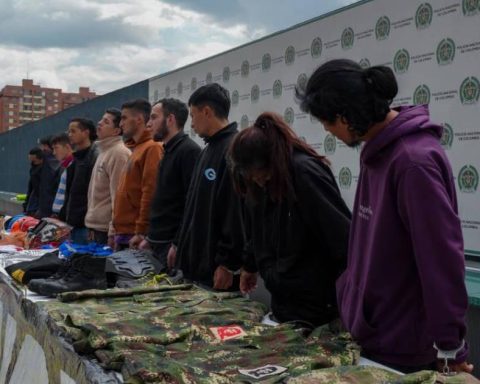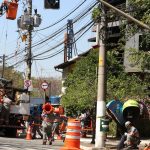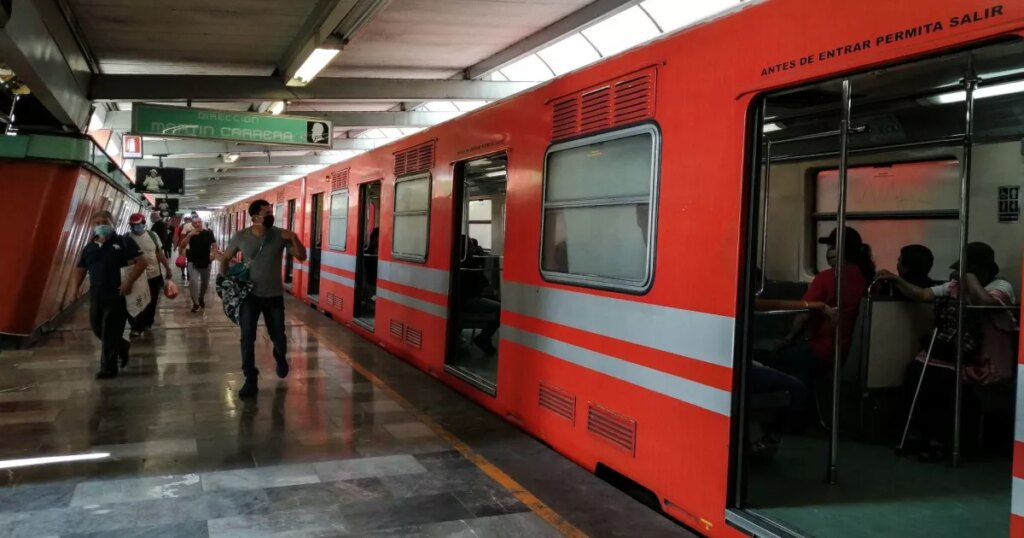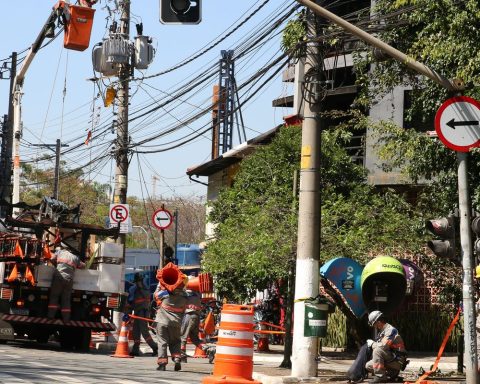The closure of the Pan-American Highway completes five days after the collapse presented at kilometer 75 that has left the department of Nariño away from the rest of the Nation.
(Read: ‘Before a month there will be no passage through the Pan-American Highway’: Petro).
This impact on the road that connects from Ecuador to the center of the country has not only affected the department, but has also frozen foreign trade activities, both for exports and imports, and hIt has dammed more than 6,000 cargo trucks with merchandise.
With this eventuality, the Transportation portfolio has determined how Alternate route Pasto – Mocoa – Popayán to continue carrying essential products and supply the entire region. However, transporting through “the trampoline of death” as Fedetrascarga calls it, brings impacts to the economy such as cost overruns. In addition, the Federation alleges that this route is “unsafe” and does not have the capacity for articulated vehicles (tractomulas).
“Prior to the emergency, freight rates for two-axle rigid vehicles, with a maximum load capacity of 10 tons, from Bogotá to Pasto, were determined at an average of $2,300,000 on the Mocoa route. Today, this same route has a freight cost of $4,000,000, in the same way the Ipiales – Cali route for the same vehicle configuration prior to the emergency had a freight of $1,200,000, today they are paying up to $5,300,000”, indicates the Federation.
(See: Magnifying glass on airlines for the high prices to and from Pasto).
With all this situation, the cargo transport sector is at a crossroads, and according to Henry Cárdenas, president of the union, he estimates that up to date the sector is losing close to $20,000 million in freight in this area.
How will the prices be?
These impacts on the carriers’ pocket have imminently affected the final price of the products, and this added to inflation, It is becoming a formula for uncertainty in Nariño homes.
According to José Stalin Rojas, director of the Logistics and Mobility Observatory of the National University “The chains of the dairy sector, of agricultural products consumed by households in the southwestern areas of Colombia (Cauca-Nariño) deteriorated (…) when the flow of merchandise was interrupted, alternative routes are explored that take longer and more expensive, which causes an increase in the price of agricultural products”points out.
It is worth remembering that a large number of essential products for the region are mobilized in this road artery. In the period from January to November 20221.62 million tons of corn, 2.38 million tons of sugar, 2 million tons of wheat, 1.60 million gallons of diesel, 814,357 gallons of soybean oil and 1.91 million gallons of fuel. In addition, 364,000 liters of milk are mobilized daily, according to Fedetrascarga, based on reports from the RNDC.
To date, the Ministry of Transportation and the unions are working to reactivate cargo transit, therefore, they are evaluating the Buenaventura-Tumaco route for the movement of merchandise.
PAULA GALEANO BALAGUERA

















